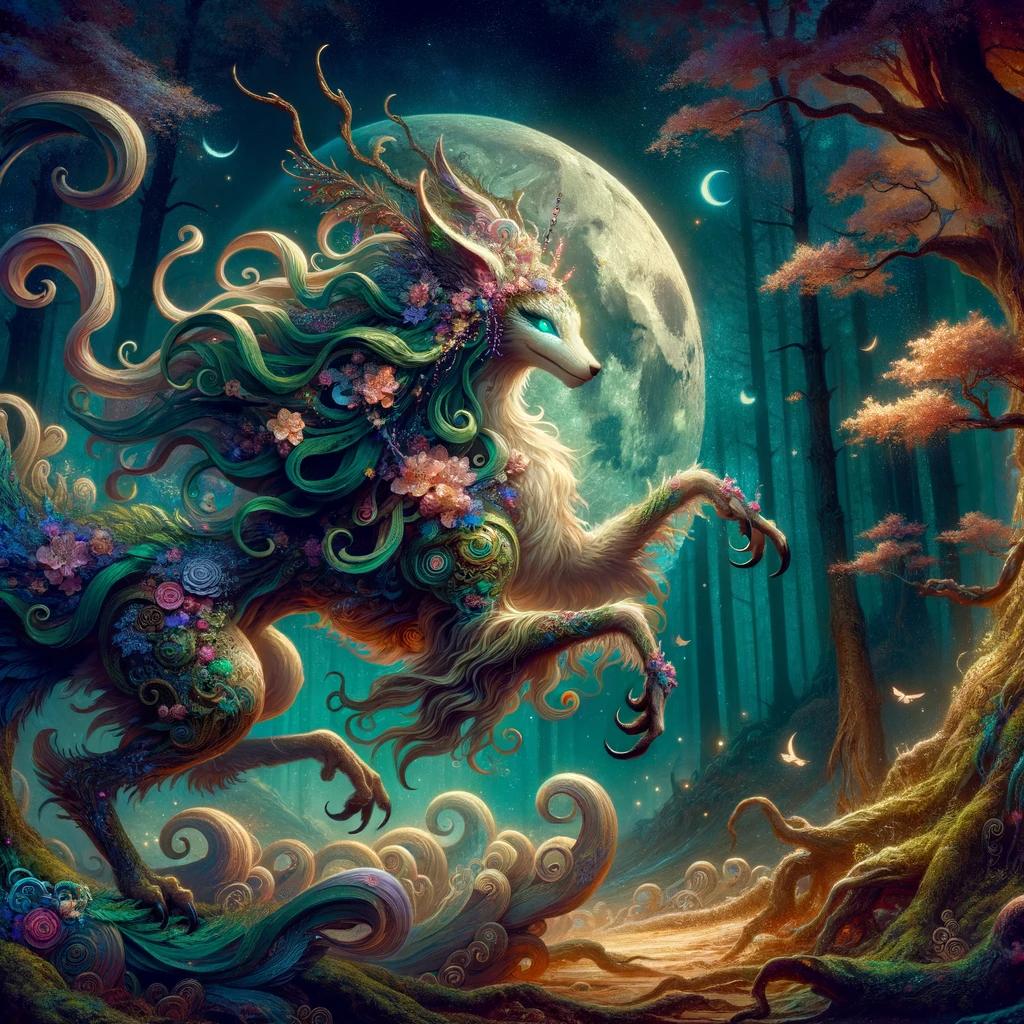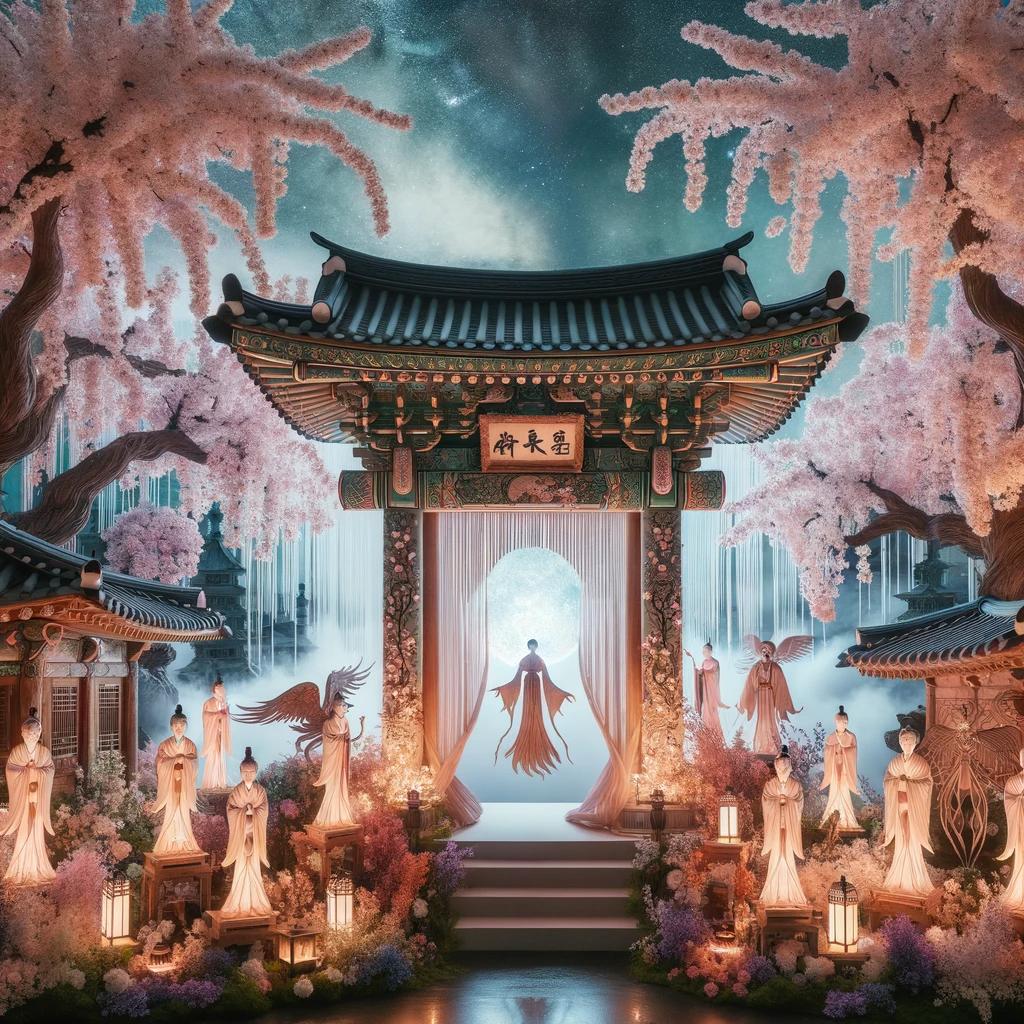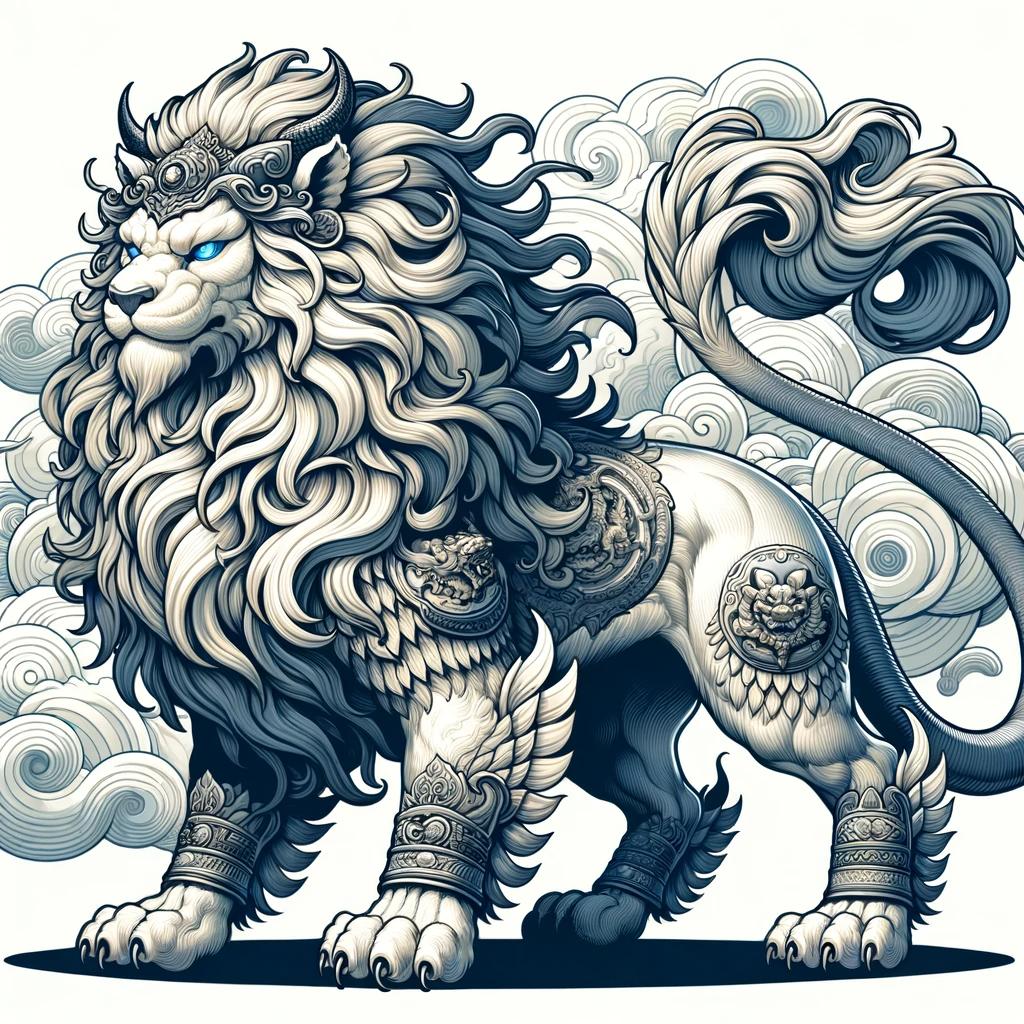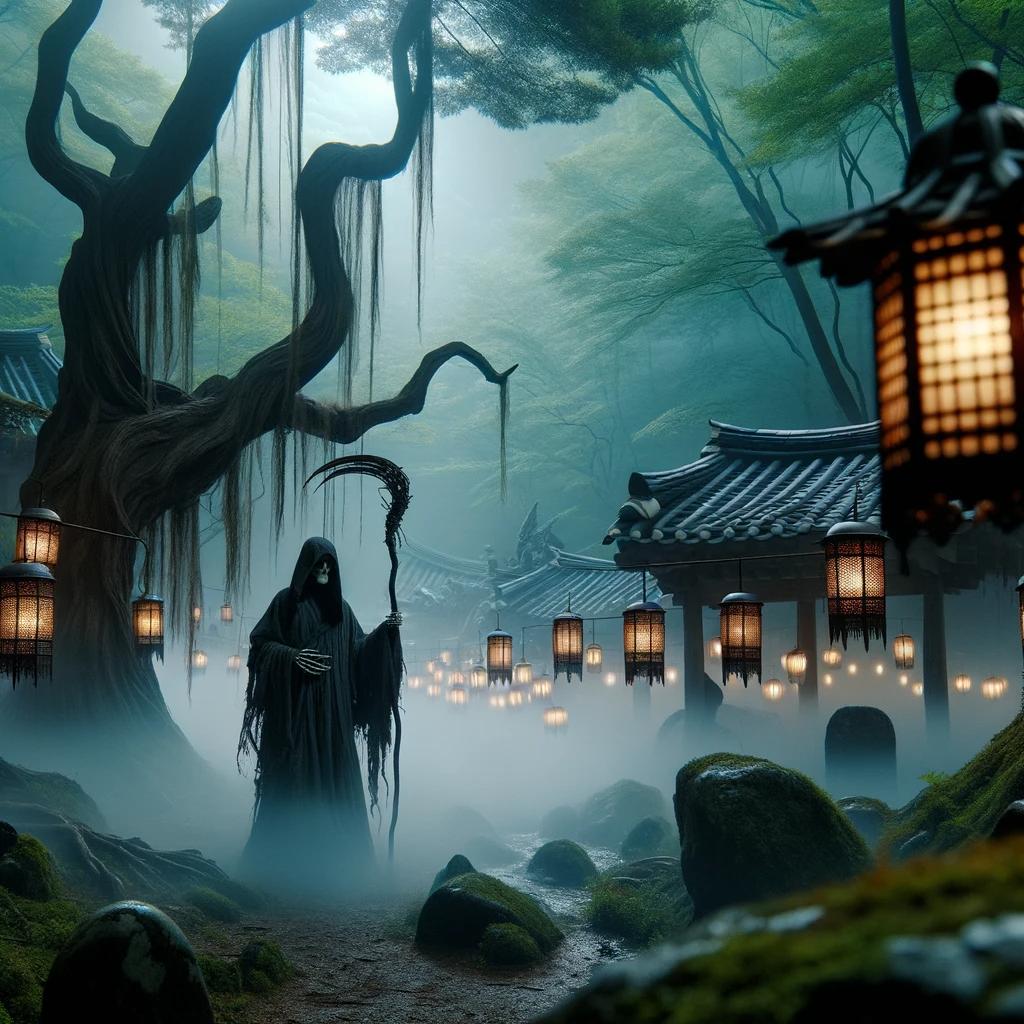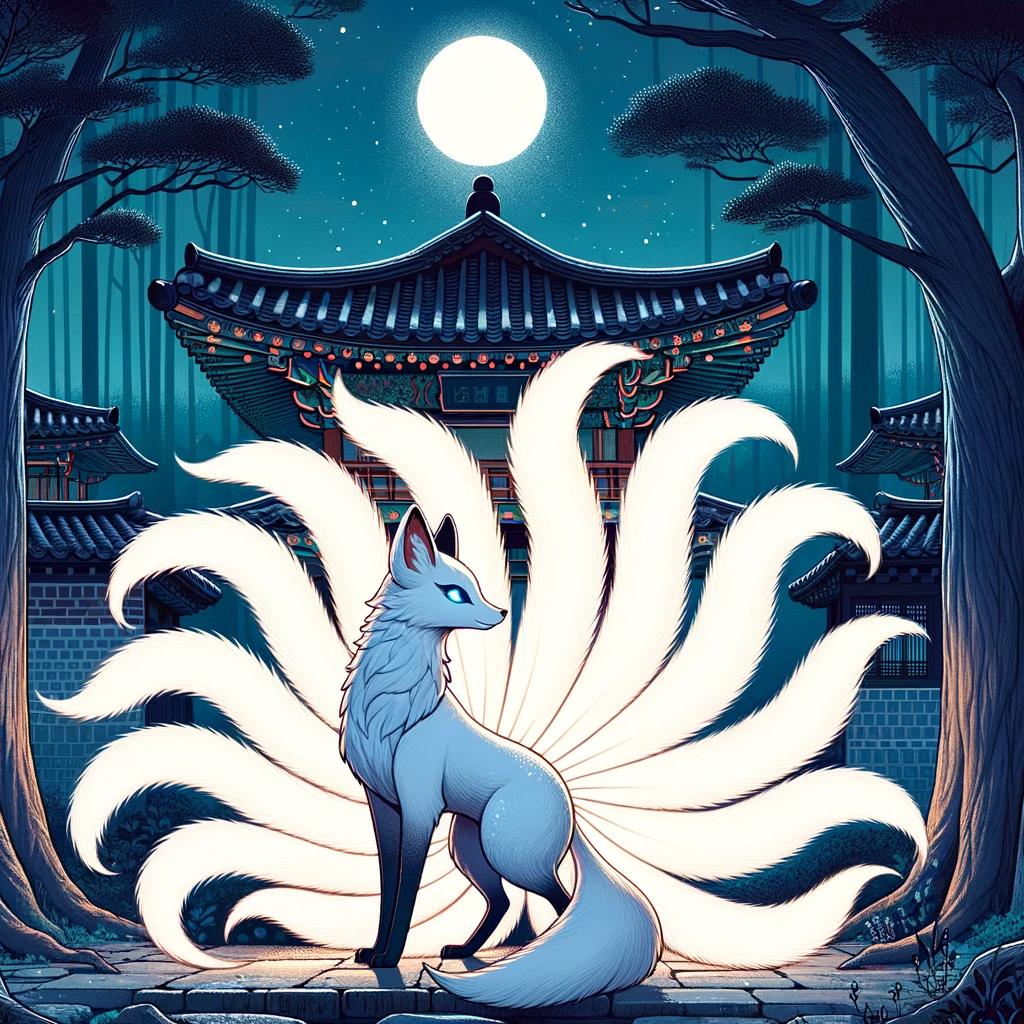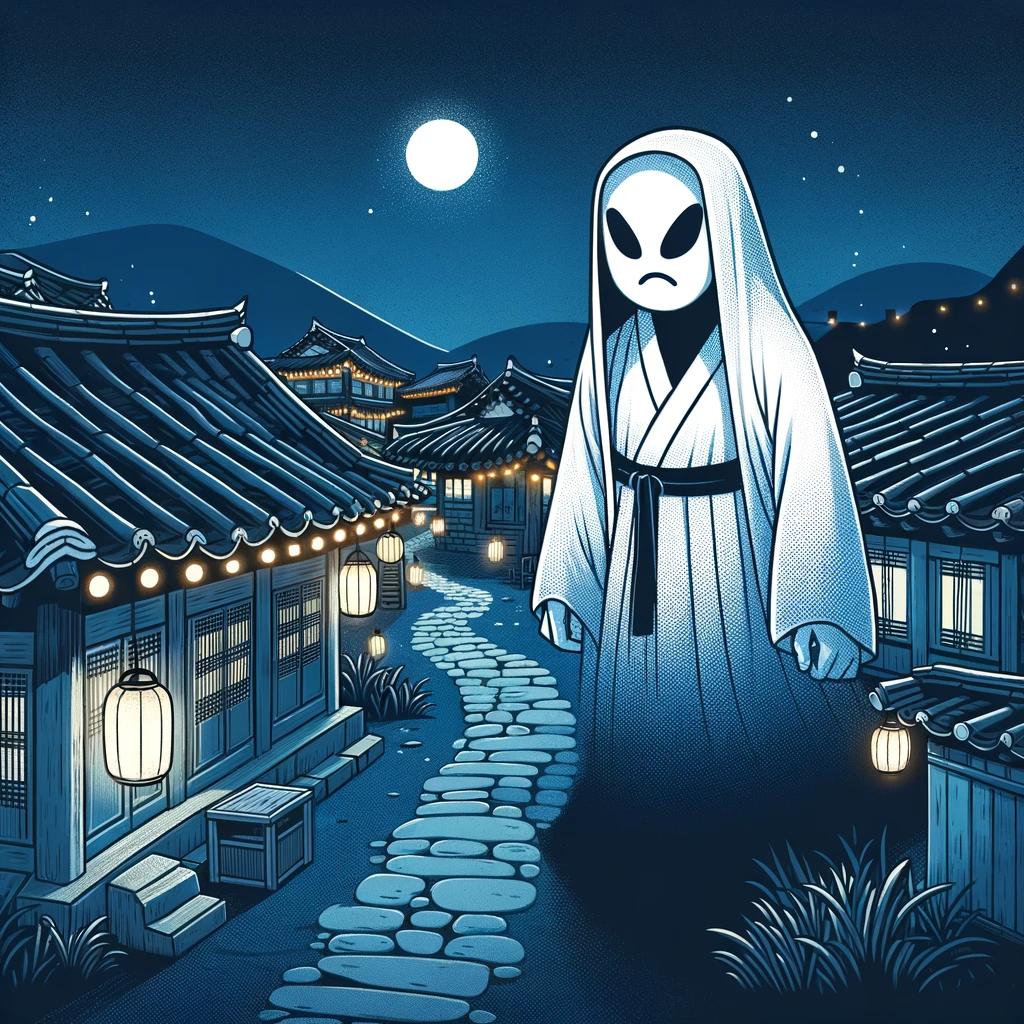Talchum Mask Dance: Exploring the Ancient and Captivating Art of Korea
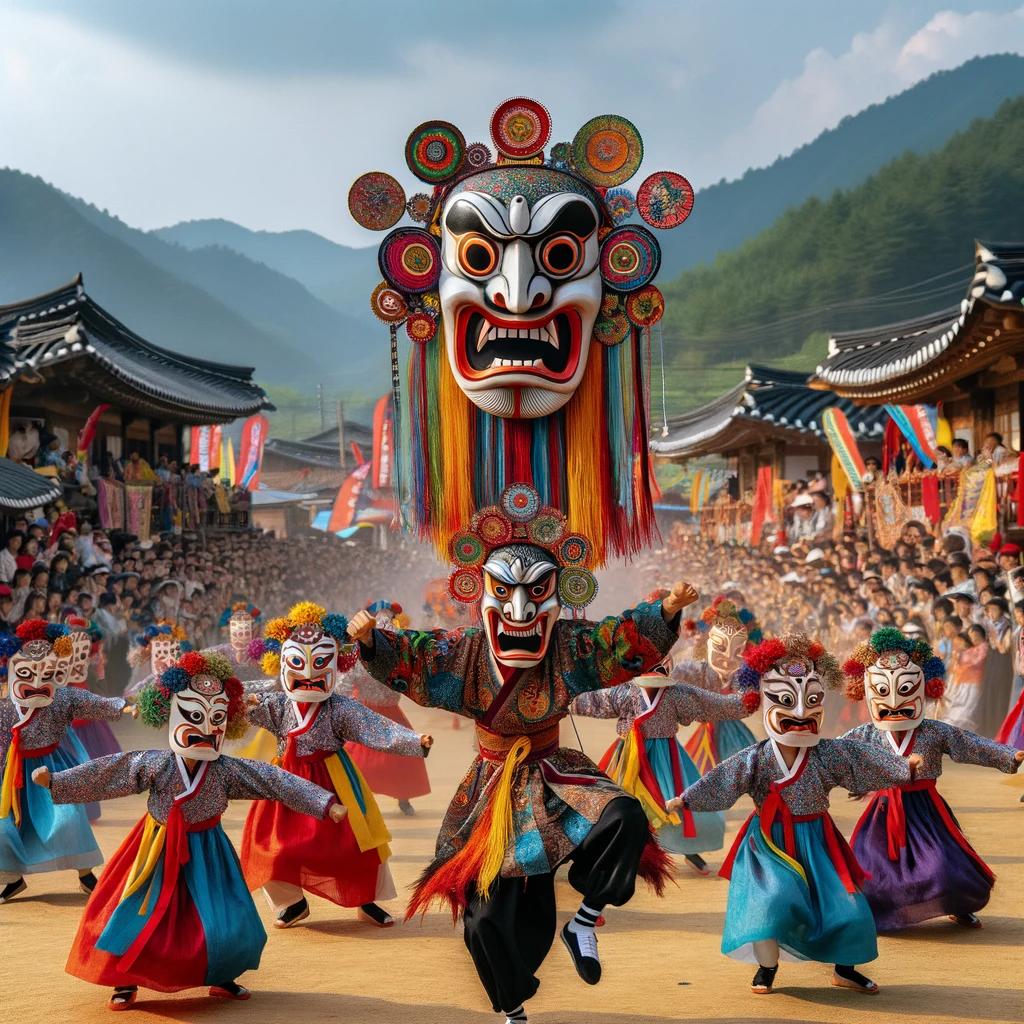
Talchum mask dance is an ancient and traditional art form in Korea that uses masks to tell stories and convey messages. It has a rich history, reaching its peak during the Joseon era.
Today, Talchum is considered a part of popular culture and is performed in various regions of Korea during festivals and special events. The masks not only serve as a means of entertainment but also hold deeper significance, reflecting the connection between gods and humans and providing a platform to address societal issues.
Talchum mask dance performances captivate audiences with graceful movements, beautiful music, and diverse expressions of regional identity.
1. Exploring Korean Mask Dance Traditions
The rich tradition of Korean mask dance encompasses a fascinating art form that has captivated audiences for centuries. Through a combination of expressive masks, graceful movements, and enchanting music, these performances offer a glimpse into the cultural heritage of Korea.
Understanding the Korean Mask Dance Tradition
The Korean mask dance tradition holds deep cultural and spiritual significance. Masks are not mere props; they are a conduit for storytelling, conveying emotions, and representing various characters. The mask dancers skillfully bring to life narratives that delve into the realm of gods, myths, and historical events.
Different Forms of Korean Mask Dance
Korean mask dance encompasses a wide range of styles and forms that have evolved over time. Each region has its own unique approach and interpretation of this art form, resulting in a diverse tapestry of performances.
From the energetic and lively Hahoe Mask Dance to the graceful and elegant Buchaechum (fan dance), each form has its own distinctive characteristics.
Bongsan Talchum: A Distinctive Mask Dance
One of the most iconic and renowned forms of Korean mask dance is Bongsan Talchum. Originating from the Bongsan region, this dance is known for its expressive and vigorous movements. The distinctive feature of Bongsan Talchum lies in its bold and elaborate masks, each depicting a specific character or archetype.
With its lively choreography and dynamic storytelling, Bongsan Talchum continues to enthrall audiences with its unique charm.
Unveiling the History of Talchum Mask Dance
The rich history of Talchum mask dance can be traced back to ancient times, offering a glimpse into Korea’s cultural heritage and traditions. Exploring the origins and development of Talchum dance provides valuable insights into its significance and evolution over the years.
Origins and Development of Talchum Dance
The origins of Talchum dance date back to the era of the Three Kingdoms in Korea. It was during this period that the use of masks in performances began to emerge.
These masks were believed to reflect the image of gods and were used by artists to communicate with the divine and convey the thoughts and desires of the people. Talchum dance served as a lively form of communication between humans and gods, adding an element of joy and entertainment to the proceedings.
As time passed, Talchum dance underwent further development and refinement. It reached its peak during the Joseon era, where it became a platform for social commentary and criticism. Masked performers used their anonymity to address controversial topics and shed light on societal issues, such as the flaws of the monarchy, the hypocrisy of the aristocracy, and the corruption within religious institutions.
Talchum Dance during the Joseon Era
During the Joseon era, Talchum dance took on a new purpose as a means of expressing the frustrations and anger of the common people. The masks became powerful tools for the performers to voice their discontent, as they could adopt various characters and satire the flaws of the ruling class.
Talchum dance became an outlet for social criticism, allowing the performers to engage with the audience and spark discussions around prevailing injustices.
Revival and Modern Interpretations of Talchum Dance
In recent times, there has been a revival of interest in Talchum dance, leading to a renewed appreciation for its cultural significance. Efforts have been made to preserve and promote this traditional art form, ensuring its survival for future generations.
Talchum dance has been adapted and modernized to cater to the changing tastes and preferences of contemporary society, while staying true to its historical roots.
Through these adaptations, Talchum dance continues to thrive as a vibrant and captivating form of artistic expression.
It serves as a bridge between the past and the present, providing a window into Korea’s rich cultural heritage and its enduring artistic traditions.
The Process and Materials Behind Talchum Masks
The creation and designing of Talchum masks is an intricate process that requires skilled craftsmanship.
Artisans meticulously carve each mask by hand, taking inspiration from various sources such as mythological creatures, animals, and human emotions. The masks are designed to convey specific expressions and meanings, allowing the performers to effectively portray different characters during the dance.
Traditional Materials Used in Making Talchum Masks
- Wood: One of the primary materials used in Talchum masks is wood, specifically the alder tree. The wood is chosen for its durability and flexibility, allowing intricate carving and smooth finishes.
- Paper Mache: Some masks incorporate paper mache technique to add texture and depth. Layers of paper are mixed with a paste made from traditional ingredients like rice or wheat flour and then molded to create the desired shape.
- Paints and Pigments: To bring the masks to life, vibrant and bold colors are applied using natural pigments derived from minerals, plants, and even insects.
Each color carries symbolic significance according to the character or emotion portrayed.
- Decorative Elements: Additional materials like feathers, beads, and cloth are often used to adorn the masks, adding further detail and enhancing the overall visual appeal.
Symbolism and Significance of Different Talchum Mask Types
Various types of masks are used in Talchum performances, each representing a distinct character or archetype.
The Hahoetal mask, carved from alder wood, symbolizes the beauty and youthfulness of women. Meanwhile, the larger Okwangdae and Yayu masks emphasize strong and expressive features. The Bongsan mask embodies the aristocracy and nobles, while the Tongyeong mask portrays the devil with its arrogant and mocking expression.
These masks not only define the appearance of the characters but also convey their social status and personalities, enabling the performers to convey nuanced emotions and narratives during the dance.
Talchum Mask Dance Performances and Music
The Talchum mask dance is not only a visual spectacle but also a captivating performance that engages audiences with its vibrant movements and energetic rhythms.
This section explores the mesmerizing world of Talchum dance performances, the role of music in enhancing the experience, and the traditional instruments that accompany the dancers.
Captivating Audiences through Talchum Dance Performances
Talchum dance performances have the power to captivate audiences with their dynamic storytelling and enchanting choreography.
Through the use of expressive masks and graceful movements, the performers bring characters to life, evoking a range of emotions and immersing the viewers in the narrative.
With their elaborate costumes, intricate footwork, and exaggerated gestures, the dancers convey the essence of the characters they portray.
From noble aristocrats to mischievous imps, each dance performance showcases the diversity and versatility of Talchum mask dance.
Role of Music in Talchum Mask Dance
Music is an integral part of Talchum mask dance, serving as a driving force that enhances the performances and adds depth to the storytelling. Traditional Korean instruments, such as the janggu (a drum) and the daegeum (a bamboo flute), create the rhythmic foundation for the dancers to synchronize their movements.
The melodic tones of the traditional instruments accompany the dancers, accentuating their gestures and adding emotional resonance to the performance. Music acts as a powerful medium that intensifies the impact of the dance, immersing the audience in the rich cultural heritage of Talchum mask dance.
Traditional Instruments and Musical Accompaniment in Talchum Dance
Talchum mask dance is accompanied by a variety of traditional Korean instruments that enrich the performances and create a truly immersive experience. These instruments include:
- Janggu: A double-headed drum that produces a rhythmic beat
- Daegeum: A bamboo flute with a unique timbre
- Ajaeng: A bowed string instrument that adds melodic richness
- Kkwaenggwari: A small gong that punctuates the music
- Buk: A barrel drum that provides a deep resonant sound
When combined, these instruments create a symphony of sound that complements the movements of the dancers, elevating the overall performance and captivating the audience from start to finish.
Cultural Impact and Significance of Talchum Mask Dance
Preservation and Promotion of Talchum Dance
The cultural impact of Talchum mask dance is evident in the efforts to preserve and promote this traditional art form. Various organizations and cultural societies in Korea work diligently towards safeguarding its heritage.
Through workshops, training programs, and educational initiatives, they aim to pass down the knowledge and skills needed to perform Talchum dance to the younger generations. Additionally, dedicated festivals and events celebrate the rich history and cultural significance of Talchum, ensuring its continued visibility and popularity.
Influence of Talchum Dance on Korean Culture
Talchum mask dance holds a profound influence on Korean culture. Its themes, stories, and performances reflect different aspects of Korean society, bringing to light societal issues and values. The vibrant and dynamic nature of Talchum dance resonates deeply with the Korean people, fostering a sense of pride and connection with their cultural heritage.
From the expressive movements to the symbolic masks, Talchum serves as a powerful representation of Korean identity and contributes to the country’s cultural tapestry.
International Recognition and Adoption of Talchum Dance
With its captivating performances and unique artistry, Talchum mask dance has gained international recognition and appreciation.
Beyond its cultural significance in Korea, Talchum has made its mark on the global stage, captivating audiences around the world. The art form’s universality and ability to transcend language and cultural barriers have led to its adoption in various countries.
Through international festivals, collaborations, and performances, Talchum dance continues to create cultural exchanges and foster a deeper understanding and appreciation for Korean traditional arts.
Talchum Mask Dance in Contemporary Society
The Talchum mask dance continues to thrive in modern times, captivating audiences and maintaining its cultural significance. It has evolved and adapted to fit into various events and festivals, ensuring its preservation for future generations.
Talchum Dance in Modern Events and Festivals
Talchum dance has become a cherished part of modern events and festivals in Korea. Its vibrant performances and intricate mask designs add to the festive atmosphere. From local cultural festivals to national celebrations, Talchum dance showcases the rich heritage of Korea.
Evolution and Adaptation of Talchum Dance
Over the years, Talchum dance has undergone an evolution, incorporating new elements to stay relevant. While still rooted in tradition, modern interpretations may incorporate contemporary music, choreography, and themes. This evolution allows Talchum dance to appeal to a wider audience and maintain its relevance in today’s society.
Continuing the Legacy of Talchum Dance in Present Times
The legacy of Talchum dance lives on through the efforts of dedicated performers and organizations. They ensure that this traditional art form continues to flourish, passing it down to future generations.
By promoting Talchum dance in schools, communities, and cultural institutions, the legacy of this remarkable dance form is preserved.
- Promoting Talchum dance in schools and educational institutions
- Encouraging community involvement and participation in Talchum performances
- Supporting cultural institutions focused on the preservation and promotion of Talchum dance
- Collaborating with international organizations to exchange knowledge and showcase Talchum dance on a global platform
As Talchum dance continues to adapt, it remains a cherished aspect of Korean culture, captivating audiences around the world with its mesmerizing movements, enchanting masks, and profound storytelling.
By embracing the traditions of the past while embracing the spirit of innovation, Talchum dance ensures its significance in contemporary society.
.











